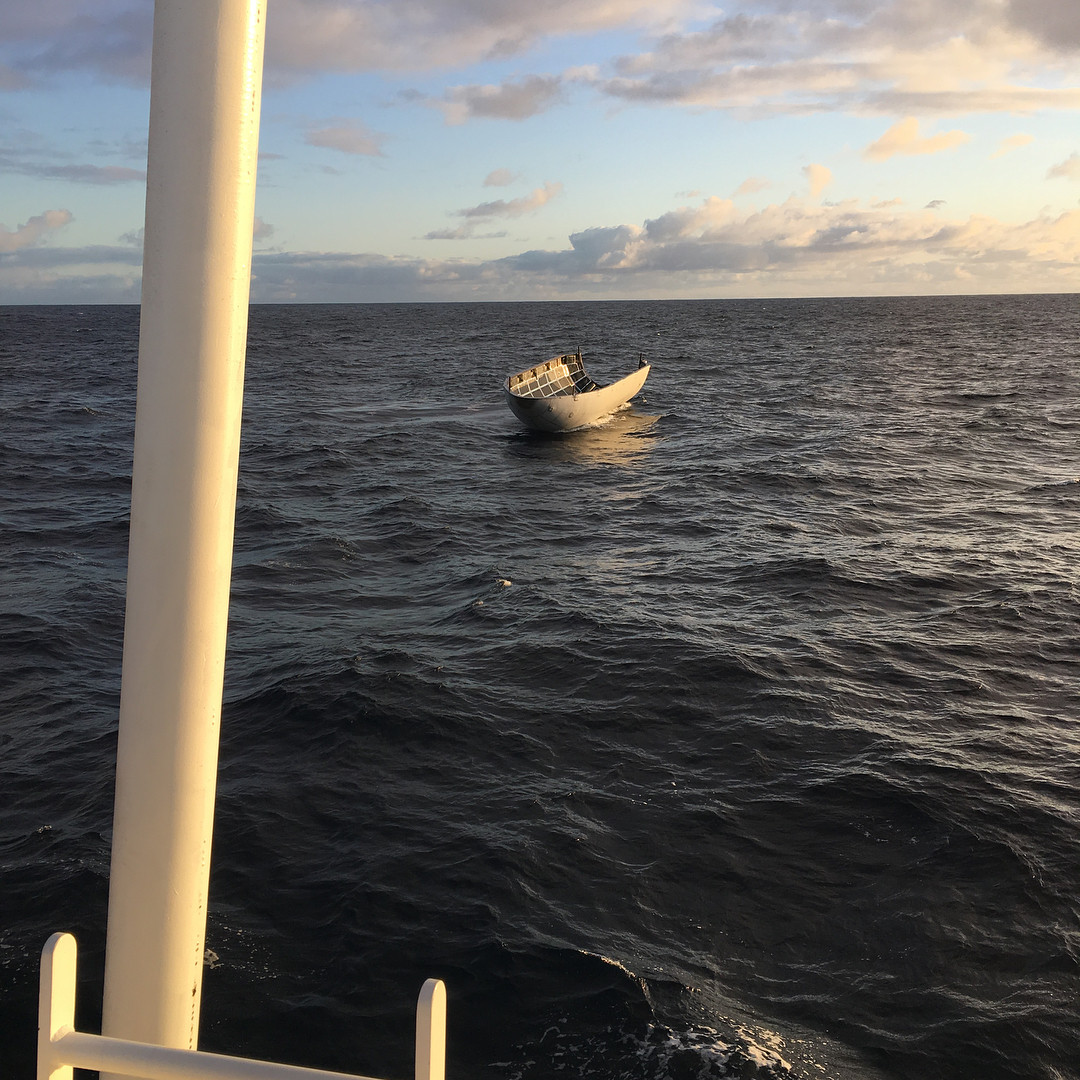This and this answer describe the Falcon 9 fairings as being quite large, with the payload volume being roughly "the size of a bus" or simply
REALLY REALLY big. 13 meters by 4.6 meters
and being made of an aluminum honeycomb and carbon fiber.
Then this more recent answer got me thinking further.
Considering the very large area compared to mass and intrinsic strength (built for max-Q aerodynamic load and durability under launch vibrations) and the relatively low ground speed at which they are deployed, they could potentially survive re-entry and remain on the surface of the ocean.
Is this what happens, at least sometimes?
If so, their buoyancy would result in perhaps of order one meter height, making them large, but low visibility objects and potential navigation risks for smaller surface craft, both visually and perhaps radar as well.
Does it?
Would F9 fairing recovery be part 'good Earth citizenry' in addition to good economics?









